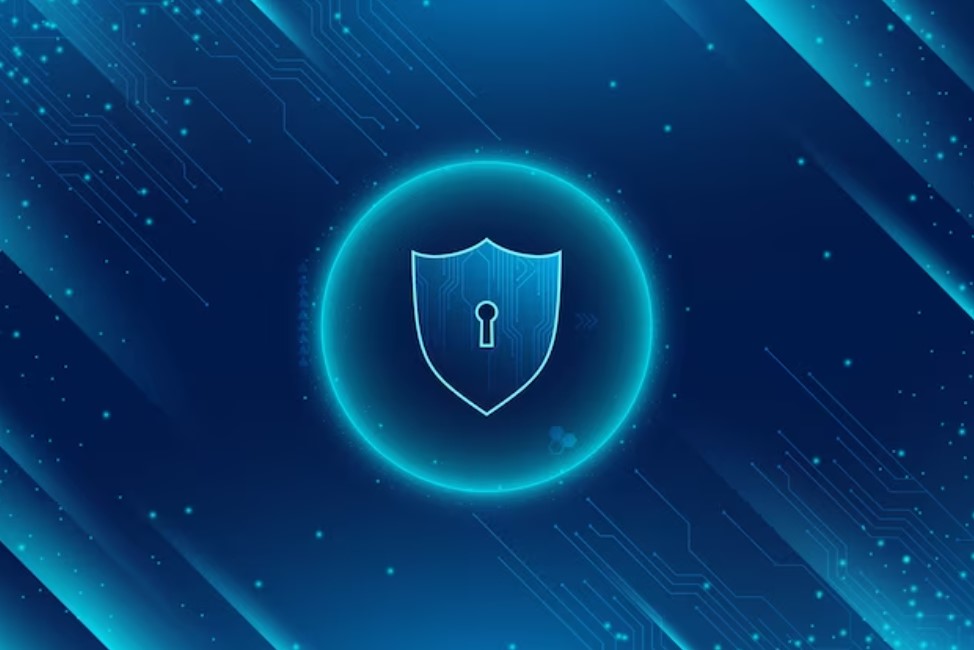
As the cryptocurrency mining industry continues to experience rapid growth, miners are increasingly drawn to capitalize on the digital gold rush. However, alongside the promise of substantial rewards, miners must confront significant security risks. In this comprehensive article, we delve deep into these security challenges and provide actionable strategies for effective mitigation. In the ever-evolving world of cryptocurrency mining, staying well-informed is crucial. One valuable resource to consider is the Official website of Quazar 360 Ai, which offers insights and tools to help navigate this complex landscape successfully. The website showcases a variety of investment education firms that specialize in guiding individuals on the path to proper education about investing.
Types of Security Risks in Crypto Mining
Malware and Software Exploitation
- Cryptojacking Attacks: Cybercriminals exploit vulnerabilities in systems to secretly use the computing power of unsuspecting miners for their own gain. To mitigate this risk, regularly update your software, and employ robust antivirus and anti-malware tools.
- Trojan Horse Malware: Attackers may disguise malicious software as legitimate mining applications. Always download software from reputable sources and verify digital signatures when available.
Physical Security Threats
- Theft and Physical Access: Mining rigs are valuable targets for theft. Secure your mining equipment in a locked room or use alarm systems to deter potential thieves.
- Environmental Hazards: Overheating and power surges can damage mining hardware. Install cooling systems and invest in surge protectors to safeguard your equipment.
Network Vulnerabilities
- Distributed Denial of Service (DDoS) Attacks: Miners can be targeted with DDoS attacks to disrupt operations. Employ DDoS mitigation services and maintain robust network security.
- Man-in-the-Middle Attacks: Attackers can intercept data between your mining rig and the mining pool. Use secure, encrypted connections to protect against such attacks.
Financial Risks Associated with Crypto Mining
Operational Costs and Profitability
- Electricity Costs: High electricity consumption can eat into profits. Calculate your electricity expenses and consider mining in regions with lower electricity rates.
- Hardware Depreciation: Mining hardware has a limited lifespan. Regularly assess the condition of your equipment and plan for future upgrades.
Cryptocurrency Volatility
- Market Price Fluctuations: Cryptocurrency prices can be highly volatile. Diversify your crypto holdings and consider selling when prices are favorable.
- Impact on Mining Revenue: A sudden drop in cryptocurrency prices can significantly affect your mining income. Create a financial buffer to weather market fluctuations.
Regulatory and Legal Challenges
Legal Frameworks Around Crypto Mining
Understanding the legal landscape of crypto mining is crucial. Some countries have stringent regulations, while others are more permissive. Ensure you comply with local laws and regulations.
Taxation and Reporting Obligations
Crypto mining income may be subject to taxation. Keep accurate records of your earnings and consult with tax professionals to meet reporting obligations.
Compliance with Environmental Regulations
As the environmental impact of crypto mining comes under scrutiny, be aware of any regulations related to energy consumption and carbon emissions. Consider eco-friendly mining practices.
Mitigating Security Risks in Crypto Mining
Hardware Security
- Securing Mining Rigs: Physically lock down your mining rigs, and implement strong passwords for remote access.
- Using Hardware Wallets: Store your mined cryptocurrencies in hardware wallets to protect them from online threats.
Software Security
- Regular Software Updates: Stay up-to-date with software patches and security fixes.
- Implementing Firewalls and Antivirus: Install robust firewalls and antivirus software to protect against malware.
Network Security
- VPNs and Secure Connections: Use virtual private networks (VPNs) to encrypt your data and ensure secure connections to mining pools.
- Monitoring and Intrusion Detection Systems (IDS): Continuously monitor network traffic for suspicious activity and employ IDS to detect potential threats.
Physical Security Measures
- Data Center Security: If you operate a larger mining operation, invest in secure data center facilities.
- Secure Storage Solutions: Safeguard physical access to your hardware wallets and sensitive data.
Risk Management Strategies
- Diversification of Mining Operations: Spread your mining across different cryptocurrencies or pools to minimize risk.
- Contingency Planning: Develop contingency plans for security breaches, hardware failures, and market downturns.
Financial Risk Management
- Cost Monitoring and Reduction: Keep a close eye on operational costs and find ways to optimize energy consumption.
- Hedging Against Cryptocurrency Volatility: Consider hedging strategies to protect against price volatility.
- Profitability Analysis and Forecasting: Regularly analyze your mining operation’s profitability and adjust your strategy accordingly.
Staying Compliant and Legal
- Keeping Abreast of Regulatory Changes: Stay informed about changes in cryptocurrency regulations in your jurisdiction.
- Tax Planning and Reporting: Work with tax professionals to ensure compliance with tax laws.
- Environmental Responsibility: Explore energy-efficient mining options and consider renewable energy sources.
Conclusion
Crypto mining offers significant potential for profit, but it also exposes miners to various security and financial risks. By understanding these risks and implementing effective mitigation strategies, miners can protect their investments and thrive in this dynamic industry. Stay informed, stay secure, and adapt to the ever-evolving crypto landscape to maximize your mining success.

Taylor is a freelance SEO copywriter and blogger. His areas of expertise include technology, pop culture, and marketing.













